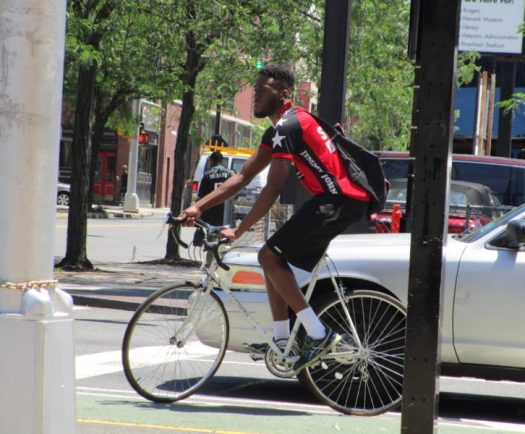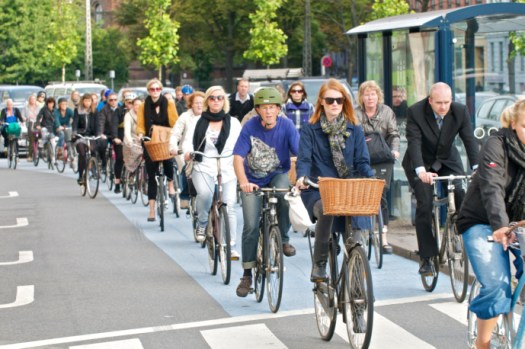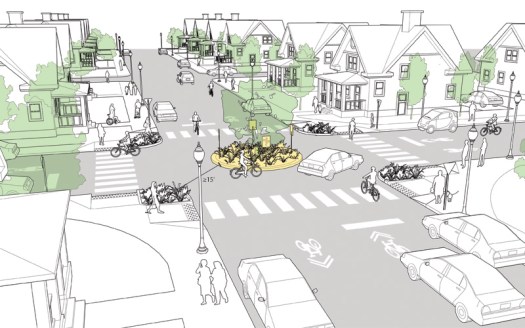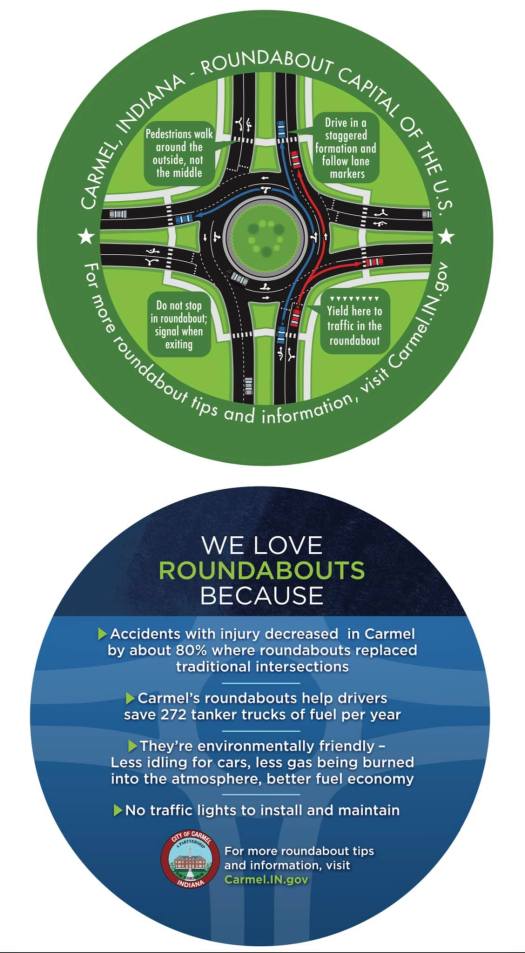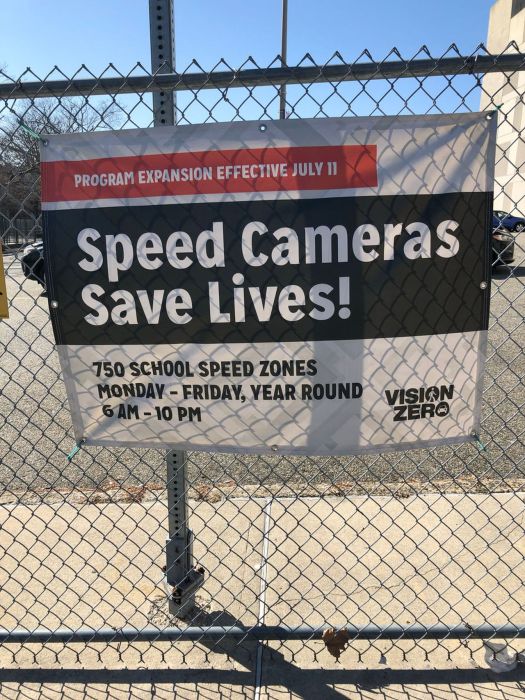Asbury Park Residents!
Voting for Participatory Budget Proposals is open!
The meeting last night was positive and exciting. It was wonderful to see all of the ways in which residents envision places and spaces for people.
I am voting for 8A. Playground Improvements: Sunset Lake Park, which was presented at the meeting under the title “Play and Connection in Sunset Park: A Vibrant Active Community Space”, and I hope you will too!
Vote right here online, or get a paper ballot at City Hall, or at Second Life Bikes at 21 Main St.
This proposal offers EVERYONE in Asbury Park a place to play, relax, and socialize. Our parks have been underutilized for too long, especially beautiful Sunset Lake Park. This proposal envisions a creative area at the western end of Sunset Park along Main Street, centrally located, and where many residents walk with children.
Parks are the city’s backyard, and should be the favorite destination for recreation, and socialization.
The cost of this proposal would be $50,000 – $75,000, depending on the equipment and the scope of the project.
Take a look at the Powerpoint: Participatory Budget Presentation: 8A: PLAYGROUND IMPROVEMENTS TO SUNSET PARK.
Watch the presentations, especially the proposal for 8A. Playground Improvements: Sunset Lake Park at 39:10

I hope you’ll vote for the proposal 8A. Playground Improvements: Sunset Lake Park here.
Please share the Participatory Budget Presentation: 8A: PLAYGROUND IMPROVEMENTS TO SUNSET PARK proposal, and encourage friends and neighbors to vote for 8A. Playground Improvements: Sunset Lake Park here.
“Play and Connection in Sunset Park: A Vibrant Active Community Space”
This proposal represents the submissions from numerous residents for an active community play space for all ages in Sunset Park, identifying the need for a range of equipment and seating options that cater to various ages, interests and abilities.
While there has been an historic desire to keep large swaths of Sunset Park entirely passive, there is enough space at the west end of the park along Main Street to accommodate active play space. This would be easily accessible to families from all corners of the city, especially to visitors and the many families who live, and walk to school and businesses in that area.
A majority of residents live in residences without yards, or have houses with limited outside space. Sunset Park (and all parks in the city) should be our shared backyard – a place where we can all relax, play, exercise, and connect.
An all-age active space including equipment for: climbing, stretching, swinging, bouncing, pushing, pulling, and comfortable seating:
- Fitness equipment 13+: A section with outdoor fitness equipment for adults and teenagers. This could include pull-up bars, push-pull, balance, and other equipment that promotes cardio and muscular endurance, strength and agility. There would be signage indicating how to use the equipment safely
- Play equipment: A playground area with swings, slides, climbing structures, and other equipment that caters to children and adults of all ages. The playground would have a soft surface to prevent injuries.
- There would be benches and tables for conversation, games and picnics, and for parents or caregivers to relax while their children play.
In summary, an active community play space for all ages would be designed to encourage physical activity, socialization, and fun for everyone in the community – people of all ages and abilities.
Examples of playgrounds all over the world:
Chicago, Ill.
Please vote for 8A. Playground Improvements: Sunset Lake Park here.
Onward!
Polli Schildge, Editor











